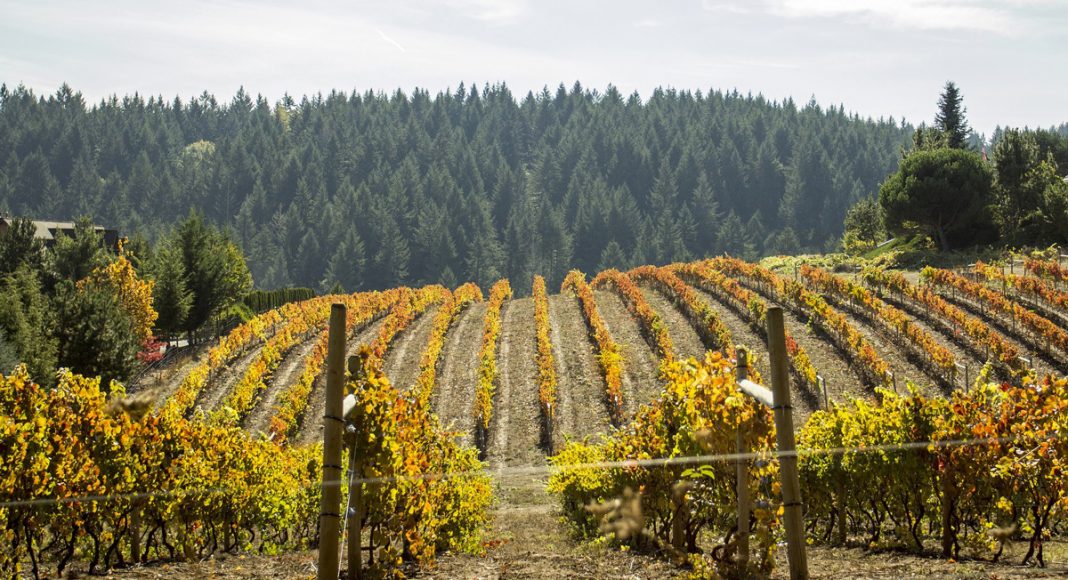Farmers around the world grow their crops with the hope and desire of creating the best possible products, usually with their own tricks of the trade that set them apart. Planting methods, soil supplements, harvesting ways and watering practices all go into how the final product looks, tastes, smells and feels. Cannabis is no different and California is on the cusp of creating regional marijuana appellations, just like Champagne is to the sparkling wine world.
In Northern California, cannabis growers are known to compare their grows with those of the wineries they’re surrounded by, in that growing in a valley as opposed to a hillside 20 miles away, the same strain from a different farmer will come out unique. Then there is the drying and curing process, the trimming and the storage and transportation all to consider.
Craft cannabis is becoming the norm for legalized and medicalized states, and even on the illicit market. You have to look harder for “dirt weed” now than you do for dank. It’s no wonder that California is taking the route to regional branding. How the lines will be drawn in the dirt is up to the California Department of Food and Agriculture, and they plan to start a “county of origin” standard starting January 1, according to Mendocino Voice.
The CDFA is in the process of developing, “a process by which licensed cultivators may establish appellations standards, practices, and varietals applicable to cannabis grown in a certain geographical area in California” by 2021. After surveying a number of craft growers, the agency is now focusing on the application process for branding bud as an appellation.
There will be requirements that are written in stone once the program is up and running and it will be up to the farmers to self govern the crops to ensure that the labeling isn’t being used out of the context of what constitutes that region’s specific standards. And doing so is in their best financial interest. Setting yourself apart in this burgeoning market is a must and having a successful varietal could be the difference between becoming a household name and being left on the shelf.
Cannabis agriculture, especially when done outdoors as these varietals will be, is an undertaking with many, many rewards, and one could easily see how having certified variety would drive competition and thus the market itself. It will be interesting to see which strains and farms will resonate with cannabis connoisseurs. Perhaps weed tasting trips across the Emerald Triangle will compete with California’s infamous wine tasting tours in the near future.


